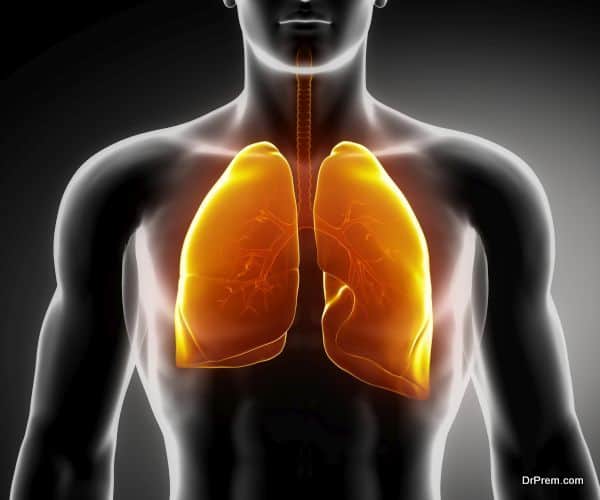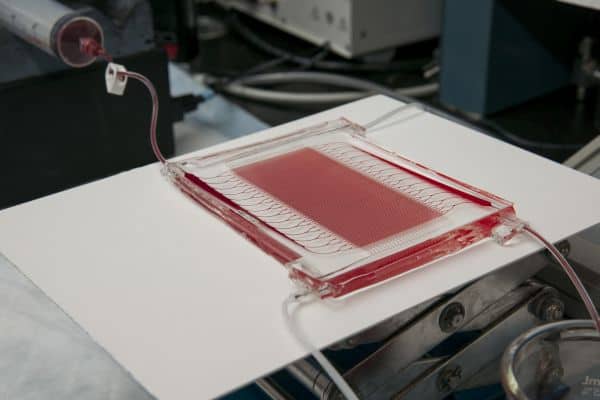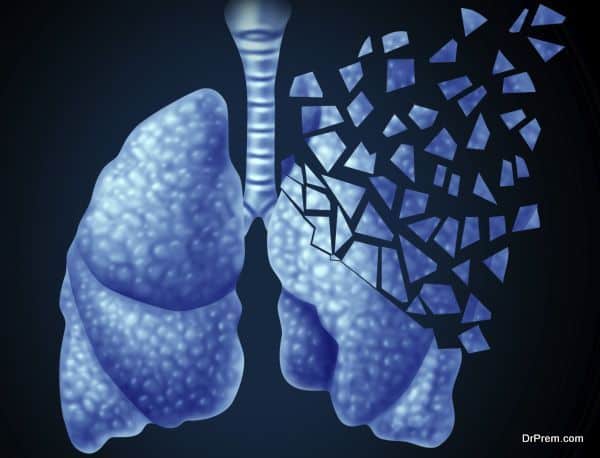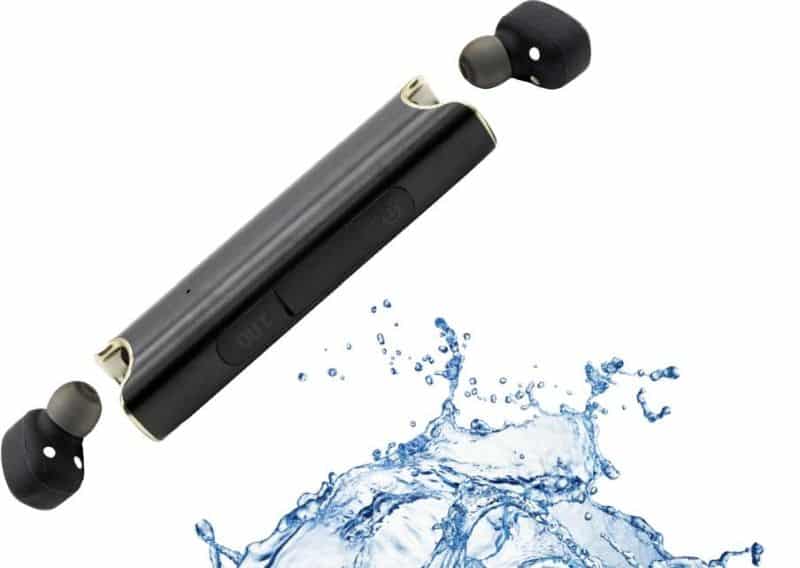Lung problems like COPD or chronic obstructive pulmonary disease are major reasons for numerous deaths across the world. Premature babies are also at risk of lung problems. For all such issues, the main solution until now has been a mechanical ventilation device. However, there are chances of other complications while using this device.

Some patients may develop pneumonia, others may face airway injuries or damages. Thus, there have always been attempts to find a safer solution that could replace mechanical ventilation to lungs. Check out below a recent development by Draper Laboratory. This solution has capability to be a great alternative to mechanical ventilation.
The technology of microfluidic oxygenator

Image Source : Draper.Com
This technology works similar to the concept of extracorporeal membrane oxygenation or ECMO. It claims to a safe future solution for conditions like acute respiratory distress syndrome. It is basically a microfluidic oxygenator that copies the circulatory networks and their intricacies in the human body. The technology can be amazing for small-scale, lab-on-a-chip applications. However, it can also be scaled for high blood flow. Thus, it can work smoothly during acute interventions.
Issues with traditional or mechanical lung ventilators

While mechanical ventilators can cause complications later, these also do not allow the healing of damaged tissues easily. This is because of forcing higher oxygen concentrations at high pressure into the lungs of a patient. This is also the reason of developing other complications, such as lung tissue toxicity. In the long term, there can be further breathing problems or damage to tissues. Let us see how microfluidic oxygenator overcomes these issues.
How microfluidic device works

This is a simpler solution to traditional ventilator and works like an ECMO that draws the blood of a patient to run it through a device. The device gets rid of carbon dioxide and adds oxygen to the blood, which is the then returned to the patient’s body. However, even ECMOs can leave blood clots for which the patient has to be given some anti-clotting medication, leading to further bleeding complications.
On the other hand, a microfluidic device claims to resolve this issue by making a 3D branching structure, as the natural blood vessels have. It gives more surface area per unit of blood so the gas exchange can happen in a better manner. Thus, it can reduce the risks of a traditional ventilator to a good extent.
In addition, a microfluidic device can be more compact as compared to traditional devices. It recreates lung structures on a small chip. It can also be more efficient, as there would be no need to use a tank of oxygen that is done along with traditional ventilators. Thus, there is a wonderful hope that this safer technology has brought for people facing severe lung conditions. According to David O’Dowd from Draper Laboratory, this technology would be ready for animal testing in about two years and for human testing in another one year after the initial tests.
Brighter attempts by other research groups
While Draper has been working on the above technology, there are many other research groups that have been trying to do the same and achieve positive results as far as they can. However, Draper’s concept is unique in the sense that it can actually mimic the natural biological system in order to minimize blood clotting and allow more efficient gas exchange. In fact, their system has been able to achieve such blood flow rates that are about 10 times faster than other microfluidic technologies, thus giving brighter hopes.
Microfluidic technology is a safer alternative for treating acute lung problems in comparison to the traditional ventilators that cause more blood clotting and other severe complications.






